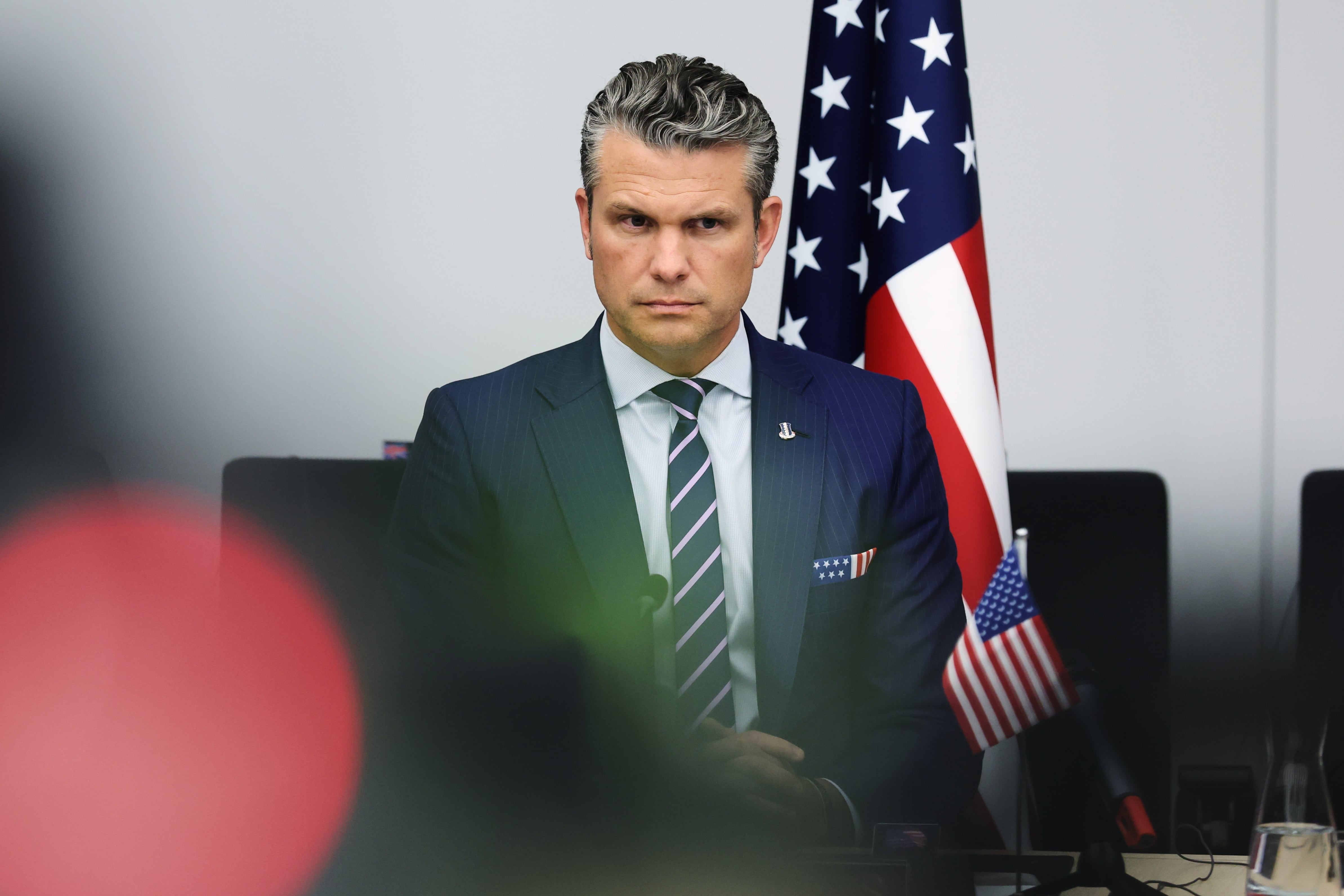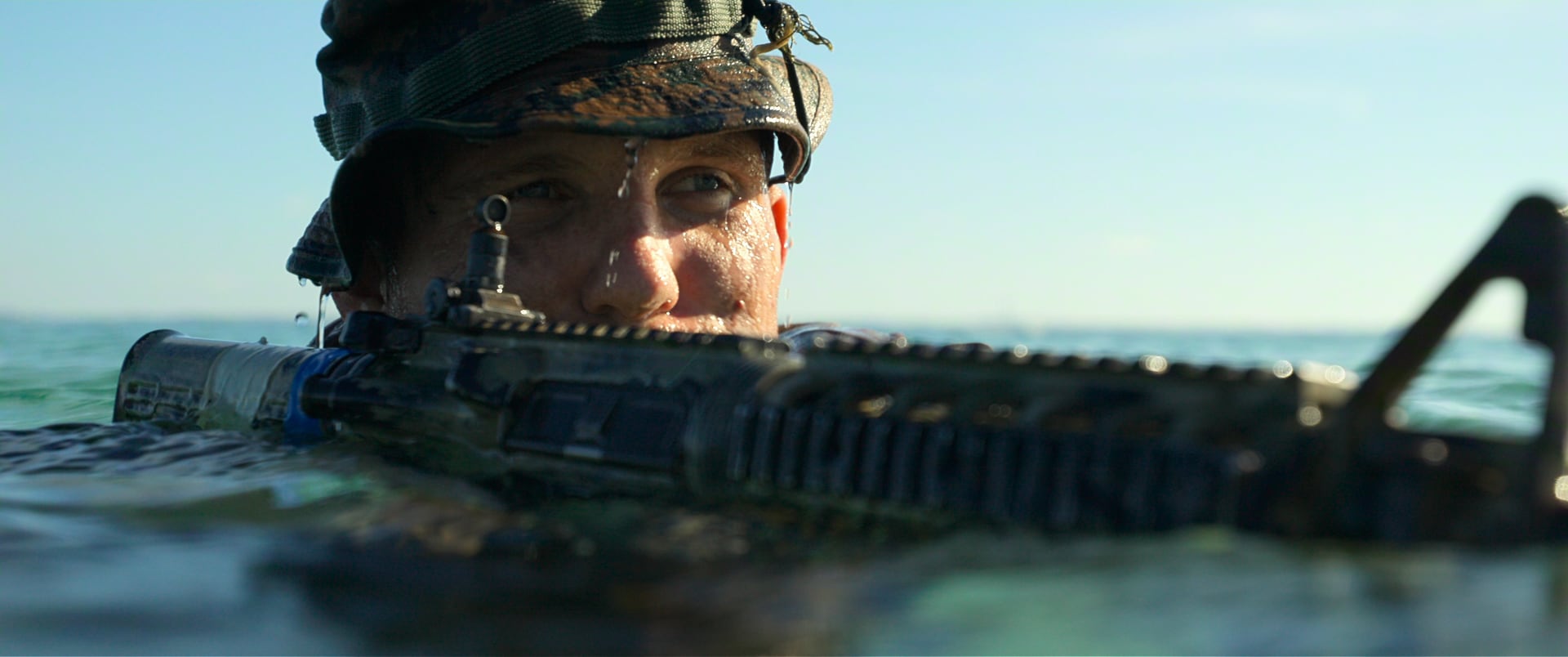The Marine Corps' top operations officer wants to give Marines a break.
His challenge is to reset optempo to a more sustainable pace while still dispatching trained Marines on missions around the globe. The Corps plan is to give fleet Marines three times as much time at home as their deployment, a period needed to reset equipment and then gear up for more operations.
"We are looking at all aspects of the Marine Corps in terms of units, people and equipment in order to make sure we are where we need to be," Lt. Gen. Ronald Bailey said. "The Readiness Recovery Model will … push us toward a dep-to-dwell that will help us be ready today or tomorrow."
Bailey discussed his plans with Marine Corps Times in mid-September. Questions and answers have been edited for brevity.
Q. Aviation squadrons seem particularly over-tapped right now. How can the Marine Corps improve their readiness rates with so many overseas requirements?
A. From the operations perspective, there is a combination of things we look at: the people and the ability to slow down or make some decisions on how aviation platforms support missions.
If you are at a 1:3 dep-to-dwell and you cut back on some of the resources, that gives the aviation community an ability to recapture this readiness. So as we deploy Marine expeditionary units and special purpose Marine air-ground task forces, we are going to make some decisions to not put a full 12-Osprey [MV-22] detachment out there — instead we'll send six. Those types of decisions will help us capture readiness.
Q. Are there other communities you're concerned about burning out?
A. When you start talking individual units or military occupational specialties, it's going to be your intel and cyber Marines, the signals intelligence and communications fields – those are the enablers that allow you to be able to be successful. From that perspective, I see a real challenge in us maintaining those Marines. I can tell you in talking to the Marines, they want to deploy so we're not seeing a negative impact so far. But just from a historical perspective, we know that we need to get to a 1:3 dep-to-dwell rate so we can preserve our force.
Q. One of the things that has been keeping Marines incredibly busy is the fight against the Islamic State group. We've seen Marine expeditionary units and SPMAGTFs join the fight. How do you see Marines' role continuing in this fight?
A. The major challenge we have in the fight against ISIS is to assist in enabling the Iraqi security force. We help provide them with capabilities that they do not have like intelligence, surveillance and reconnaissance, airstrikes, and advise and assist teams. We will continue in our efforts with advise and assist missions to provide the Iraqi security forces with the training that is required for them to be able to stay in the fight and accomplish their mission.
With our coalition partners, we have been involved in supporting the planning, the operations and ISR.
Q. A lot is changing on the battlefield — adversaries are getting their hands on more high-tech gear and the Corps is fielding some advanced new equipment. Do you think the future makeup of the Marine Corps could look different as a result?
A. I do think the Marine Corps will look different. One of the things that I will tell you is that the Marine Corps has been very good at adapting.
I will offer you a book that is at the top of the commandant's reading list called "Legacy" by James Kerr. In that book, he talks about some characteristics of successful organizations, and one of the characteristics is being adaptable. We are able to adjust our force so that we can compete and be able to provide the nation a capability that will allow us to be successful.
Q. Members of 3rd Battalion, 5th Marines have been testing some of new ideas at Twentynine Palms, California, this summer. How could that lead to Corps-wide changes?
A. Yes, 3/5 is right in the middle of it — they're experimenting with different platforms and even organization to help us compete in a future environment. We're trying to determine what our makeup should be. Should we have an information and operations to be able to do distributed operations? What type of equipment we should have? How we will be able to function in an information environment?
They are training with some new gear and new ways in which squads are. This is all a good thing as we try different organizational constructs. Additionally, we are trying to make our squads and our units more lethal and harder to kill. Our Squad Leaders Development Program looks at the human dimensions' side of it — we ensure the Marines are better trained, better prepared to go in and fight with an enemy that is constantly in development. This puts a focus at the small unit level.
Q. What will be the biggest challenges companies and squads are going to face down range?
A. It's an ever-changing enemy. I think unmanned aerial vehicles will be very important, and we need to be able to use those at the lowest level — at the infantry squad level. They offer the type of information that will be needed to communicate and also see and move in the right direction.
Q. So what skills do individual Marines need to build up in order to be prepared for that type of environment?
A. I think Marines are going to be needed to operate in manned and unmanned environments. Squad leaders will need to be able to operate in a multi-layered urban environment. They'll need to operate drones at the squad level, and we need to spend time developing our leaders at the company level and below so that they understand how their equipment works.
We need experienced and knowledgeable people who will be able to understand how to make good decisions in a complex battlefield environment. Marines of the future will also need to understand electromagnetic spectrum and be able to see and understand the information environment and the impact it will have on the ability to accomplish the mission.
I think that the resources we provide the Marines after we finish these experiments will allow them the ability to fight on a modern battlefield and be successful.
Q. When thinking about those future threats and defense spending cuts, what are you most concerned about?
A. The most important thing is that you really do need a budget. We need a stable budget so we will know how to best allocate our funds and ensure that we can train the way we should train – for land, sea, air, cyber and space. We need to have a balanced budget to allow us to be at a plan and expand our war-fighting capabilities. When you do not have a budget, you kind of are in limbo.
Q. Top leaders have been pushing Marines to come up with ways to better combat threats. How will pushing disruptive thinking and innovation from the ground up make the Marine Corps better?
A. When you have everybody participating and providing input, it just makes the organization better. We are an adaptable Corps because we allow the lance corporal to have a say in the decisions that we make. We give our company-grade officers an opportunity to be involved. I think when you pull information from the entire force there are people who have seen or experienced something and can make it better.
Charlsy is a Reporter and Engagement Manager for Military Times. Email her at cpanzino@militarytimes.com.





